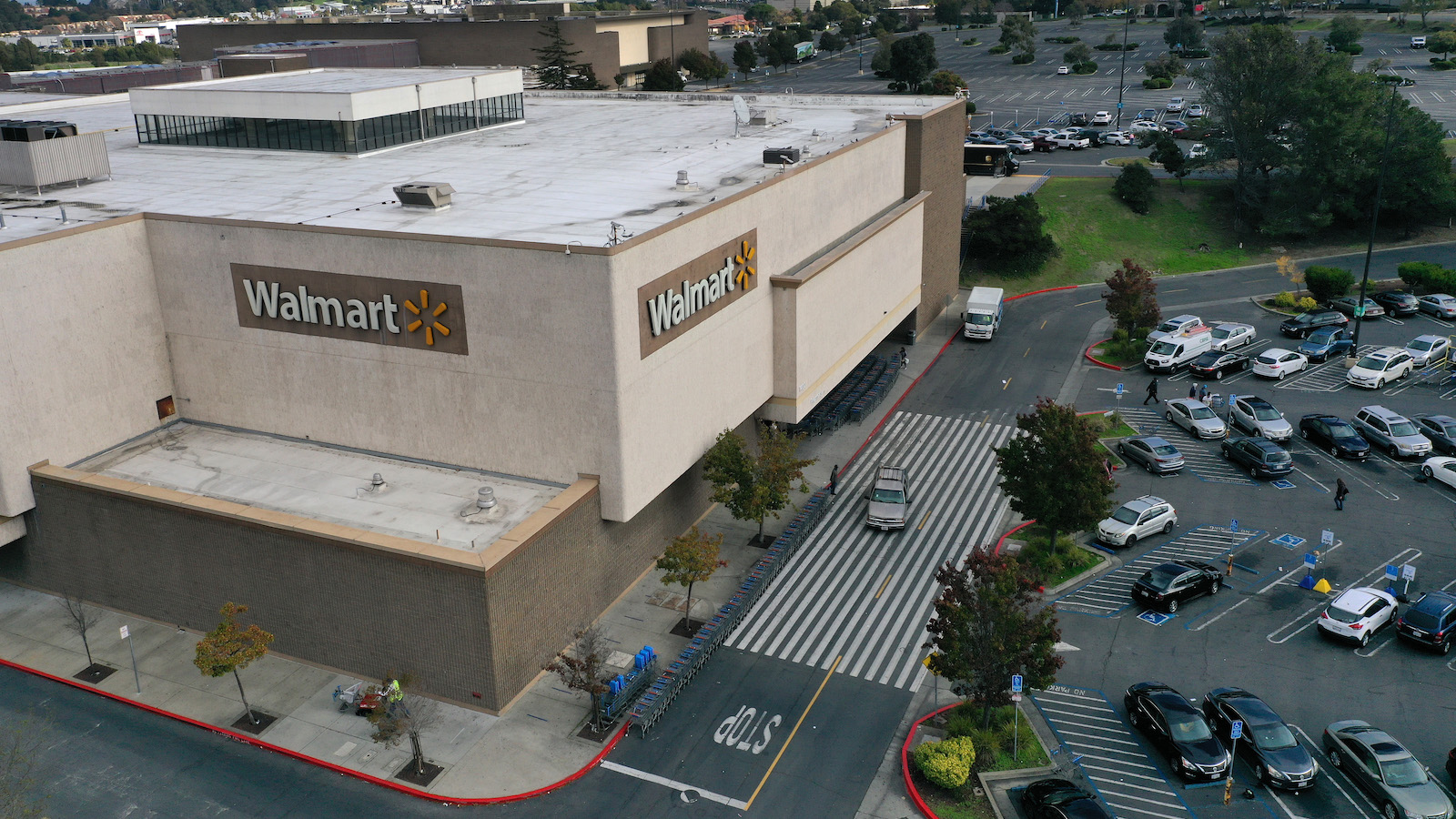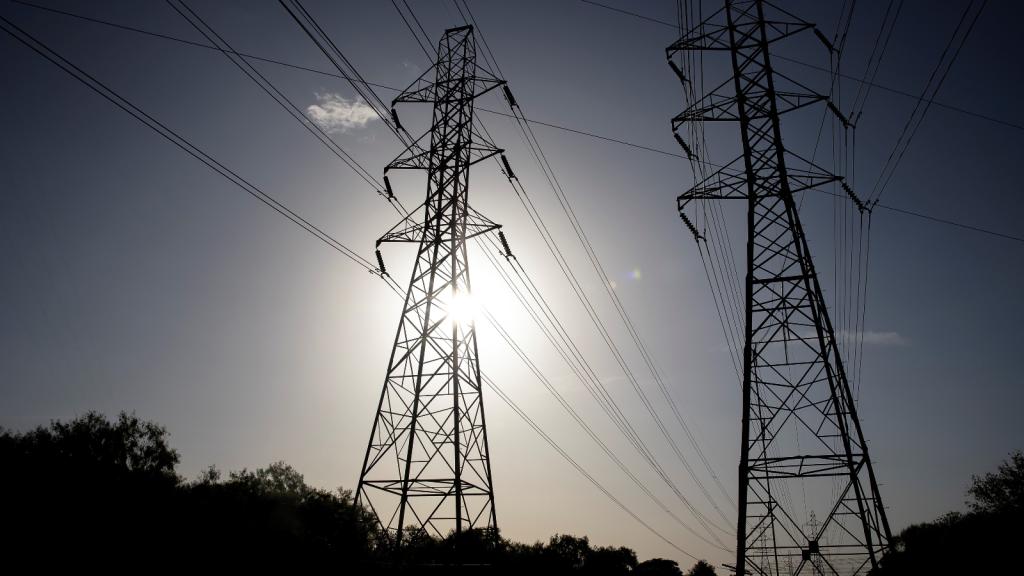Last year, a reader wrote in to Grist’s advice column with a question: Why doesn’t every roof have solar panels? A report released this week by the nonprofit Environment America and the research firm Frontier Group poses a followup question: At the very least, why doesn’t every big box store have rooftop solar?
The amount of space available on the rooftops of Walmarts, Targets, Home Depots, Costcos, and other large stores and shopping malls in the continental U.S. is staggering. Environment America estimates that it amounts to 7.2 billion square feet, or about the size of El Paso, Texas. Even tiny little Rhode Island has 279 stores that span at least 25,000 square feet each.
From one perspective, these shrines to consumption represent the root cause of our climate catastrophe. But there’s a potential silver lining: These stores can make up for at least some of that damage by opening up their vast rooftops to solar development. At best, blanketing these stores in solar panels could reduce the need to site solar farms in rural areas where they often face opposition from neighbors and can threaten endangered species.
The report finds that superstore roofs could generate enough clean energy to power almost 8 million average U.S. homes. Or to put it another way, rooftop solar panels on big box stores could provide half of the annual electricity that these stores currently demand.
The report is a followup to a similar analysis the nonprofit conducted in 2016. In the years since, the potential power that could be generated on box store roofs increased 9 percent — not because there are so many more stores, but because solar panels have become more efficient.
In addition to reducing demand for fossil fuel energy and potentially enabling conservation elsewhere, the report points out that rooftop solar has big benefits for the stores themselves. It reduces electricity costs directly, and can also reduce heating and cooling costs by providing shade during the day and insulation at night.
Some companies have already tapped into this potential. The report identifies Ikea, Walmart, and Target as leaders in rooftop solar. Ikea has installations on 90 percent of its U.S. locations. Walmart ranks as the top retailer involved with the Environmental Protection Agency’s Green Power Partnership to help businesses procure renewable energy, but the report points out that the company is involved in a lot of renewable energy development that is not on its rooftops and could redouble its efforts to generate power on its own buildings.
Environment America recommends several ways state and federal policymakers can help get this show on the road. One is to extend the federal investment tax credit for rooftop solar for 10 more years and allow companies to claim it via direct payments rather than through their tax returns. The version of the Build Back Better Act that passed in the House last fall and is currently held up in the Senate would do both. Other options include bolstering state tax credits, offering property tax exemptions for the value of the solar equipment, or exempting the equipment itself from sales taxes.
The report also encourages states to enable other business models, like allowing companies to lease the solar panels from a third party or allowing communities to invest in the projects and earn some of the benefits.
David Hughes, an environmental anthropologist at Rutgers University, has a more radical idea. When Grist spoke with him last fall, he suggested that when the owners of these large flat rooftops fail to take advantage of their solar potential, they should forfeit their rights to do so to the community or municipality. Hughes bases his argument on a law from the 1800s called the Homestead Act, under which the government offered up plots of land (stolen from Indigenous peoples) to white settlers to cultivate. But if the homesteaders failed to do anything “useful” with it within five years, the rights to the land reverted back to the government. Hughes argues that the Homestead Act could be repurposed for progressive priorities today, ensuring that when a company doesn’t take advantage of the resources at its fingertips, the local community can.
“If you’re Amazon — the vast majority of their warehouses are wasting sunlight. They should not have control over those roofs anymore,” Hughes told me at the time. “The community or the municipality or somebody should seize it and put panels on top of it. I’m not saying seize the warehouse — I’m just saying claim the authority to climb up there and put panels on top of it!”



